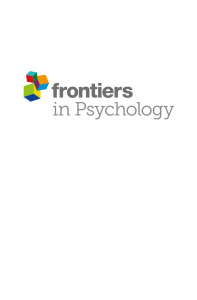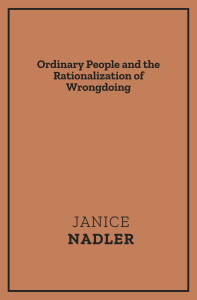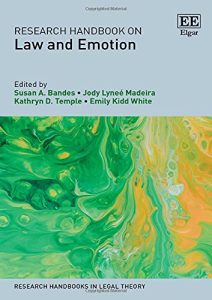Lawyers, judges, and juries are faced with a barrage of evidence and arguments displayed in visual form—sometimes gruesome in nature. Advances in hand–held video technology have made it commonplace for accidents and crimes to be visually recorded. In the past decade, the use of visual evidence and arguments during legal proceedings has exploded, but empirical research on the effects of these tools for visual meaning making has barely begun. Trials have always been battles over competing stories, but now these stories are being told through displays on courtroom screens. Courtroom images can influence beliefs, emotions, and judgments in ways that have never been empirically examined.
This project will investigate how these emotionally evocative modes of visual evidence can affect the psychology of jurors’ decision-making processes, through influence on emotions, attention to evidence, and legal judgments at the individual and group level.
We are examining the extent to which gruesome photographs (as opposed to verbal descriptions or neutral photographs) rouse negative emotion, causing jurors to pay more selective attention to case evidence that is consistent with their emotions and away from evidence that is not consistent with them. We are testing legal safeguards, such as substituting black and white photographs, instructing the jury on the potentially prejudicial influence of the photographs, and introducing the dynamic of group deliberation, each of which might mitigate any prejudicial effect of this type of visual evidence.




